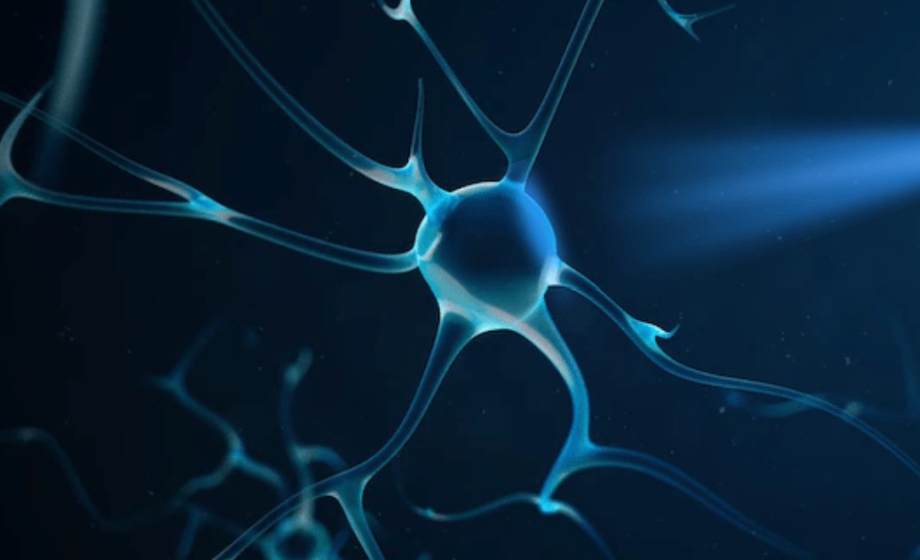Q&A Report: Optogenetic Stimulation for Parkinson’s Research: Recovering Movement in an Animal Model
Did you find a similar result in affect on reach as you did in the earlier experiences using the tethered optogenetic technique?
We are still analyzing the data. We do expect to report that optogenetic stimulation improved movements and altered neural signals in parkinsonian rats.
Why do you implant the telemeter first before the stimulation probe into the brain?
You have to feed the fiber from the abdominal area to the brain – you would create too much damage passing the telemeter from the head to the abdomen. Technically you could complete the surgery at the head before the abdomen, but that would probably also bring a greater risk of infection.
How did you assess the power of your light? Is there any software that you use to control the light intensity and frequency of stimulations?
Light was measured from the tip of the fiber using a light meter e.g. from Thorlabs. You cannot measure the light output once the probe has been implanted. However, you can re-measure it once the probe has been recovered at the end of the experiment.
How would this be done in a parkinsonian rodent model? Would a lesion surgery be done separately or would they be incorporated in the same surgery?
We usually do to 6-OHDA lesion surgery to induce PD symptoms at least 2 weeks before the telemeter is implanted. We only implanted telemeters into well-lesioned rats, measured by the step and/or cylinder test. In theory you could implant the telemeter during the same surgery as the 6-OHDA lesion. However, it would be an extremely long surgery (>6 hours), which increases the risk that that animal dies.
How long do you wait after making the headpiece before closing the abdomen? Also, how do you close the skin surrounding the dental cement and particularly the incision made by the trocar?
Once the dental cement has cured (about 5 min after the last layer has been applied), you close the abdomen immediately. At the head end, you often only need 1 suture to close the incision around the headpiece.
Regarding optogenetic-mediated amelioration of motor deficits in the rat model, has this approach been applied to other PD models (ie. alpha-synuclein overexpression or PFFs). Is there any evidence that optogenetic stimulation can slow/halt the disease process or slow neuronal loss?
Good question, but I do not think this has been examined following optogenetic stimulation. There may be some studies using electrical deep brain stimulation.
In your experience, what is the longevity of the biopotential implants? In our experience, rodents tend to scratch out EMG implants in particular after a couple of months, making it a problem for chronic studies.
Biopotential implants lasted for the duration of our experiments – routinely 5 – 7 months.
Do you have any recommendation for using optogenetics? I just started to explore this concept so I need to study more about it. Could you recommend some readings to get me started?
The Parr-Brownlie lab has published several review articles, which are recommended here:
1. Barnett, SC, Perry, BAL, Dalrymple-Alford, JC, Parr-Brownlie, LC (2018) Optogenetic stimulation: understanding memory and treating deficits. Hippocampus 28, 457-470. https://doi.org/10.1002/hipo.22960
2. Sizemore, RJ*, Seeger-Armbruster, S*, Hughes, SM, Parr-Brownlie, LC (2016) Viral vector-based tools advance knowledge of basal ganglia anatomy and physiology. Journal of Neurophysiology, 115, 2124-2146.
https://www.physiology.org/doi/full/10.1152/jn.01131.2015
3. Parr-Brownlie, LC, Bosch-Bouju, C, Schoderboeck, L, Sizemore, RJ, Abraham, WC, Hughes, SM (2015) Lentiviral vectors as tools to understand central nervous system biology in mammalian model organisms. Frontiers in Molecular Neuroscience, 8, 14. https://www.frontiersin.org/articles/10.3389/fnmol.2015.00014/full.
Of course there are other good reviews available too.
Is the optogenetic system you used stable during stimulation while the rat is freely moving states?
Yes. Some artifact occurs in EEG signals during chewing. However, from our experience, this is much less than tethered electrophysiological recordings.
Can we use ketamine xylazine instead of gas anesthesia?
You will need to use what your animal ethics protocol requires. Ketamine and xylazine may work. In our experience, rats did not recover from surgery as well as when gas anesthesia was used.
How do you get the opsin specifically into your target cell type, don't you need transgenic animals s well?
No, you don’t need transgenic animals. The animal can be genetically modified by injecting a viral vector, like we’ve done. If you have an appropriate transgenic animal, then of course you can use that instead.
